Peaches are one of my favorite fruits to eat during the summer. It’s really hard to beat the flavor of a fresh peach picked just that day. Unfortunately, growing peaches is unfortunately not as easy as one would hope, due to a variety of disease and insect problems, as well as a danger of ill-timed frosts that reduce yield. Peaches are native to China but have been grown in the Southeastern United States since the early 1900s. Like most fruit trees, they are normally grafted to ensure consistent quality. Trees developed from seedlings generally produce lower quality fruit.
Peaches need eight or more hours of daily sunlight, protection from late spring frost, and regular pruning to produce fruit. Avoid planting near the edge of a wooded area or at the bottom of a hill, as these areas carry an increased risk of frost injury. Peach trees grow best when trained to grow in a vase shape. Young trees have their central trunk pruned off early, leaving the tree with 3-4 strong lateral limbs, and an open center allowing for ample sun penetration. Yearly winter pruning helps maintain the open center. Once the tree is mature enough to produce large amounts of fruit, it is a good idea to thin the fruit each year. Fruit thinning means removing some of the flowers or young fruit early in the season to lesson the total number of fruit produced, but increase the size and quality of those that do mature. Mature peach trees often face the problem of branches bending or breaking due to heavy fruit load. Thinning helps reduce this problem, and also helps limit disease problems by creating more space between fruits. A properly thinned tree should have peaches growing about 6 inches apart on the stem. Above: The showy flowers of a peach tree in bloom appear in spring, followed by fruit in summer. Photo: Jim Robbins CC BY-NC-ND 4.0 Those who wish to grow peach trees also face the risk of some disease and insect pests. Brown rot is a common disease of peaches and, like the name implies, causes peaches to rot and turn brown before they reach maturity. Fungicide applications during and after bloom can help reduce this disease, but it is also a good idea to remove damaged fruit from the tree and the ground around it in order to minimize spread of the disease. Insect pests include plum curculio, oriental fruit moth, and peach tree borer, of which peach tree borer is the most damaging. The insect bores into the stem, causing an orange-brown gel to accumulate around the trunk. Peach tree borers often affect trees that are already stressed, making it difficult to control.
Because of these issues, life expectancy of a peach tree is somewhere in the neighborhood of 15-20 years. Growing good peaches is not easy, but the reward that a well-cared for tree provides is tough to beat. Matthew Stevens is the County Extension Director and Horticulture Agent for North Carolina Cooperative Extension’s Pitt County Center. If you have questions about this article or gardening in general, please contact the Pitt County Extension Master Gardeners at [email protected] or 252-902-1705.
0 Comments
June 17-23 was National Pollinators Week, a week set aside to raise awareness for honeybees and other insects that are essential for pollinating so many of the crops that we grow for food and fiber. While a number of different insects and birds play a role in pollination, honey bees are by far the most important pollinating species. Much attention has been paid in the last several years to the plight of honey bees. This is largely due to recurring colony losses that are putting a strain on commercial beekeepers. There are some benefits to this increased attention, as there seems to be a greater interest in pollinator conservation and many new hobbyist beekeepers have started hives. Still, many challenges remain, as beekeepers continue to struggle with insect and disease pests, lack of food and forage for bees, unintentional pesticide exposures, and other issues that weaken hives and lead to colony losses. The Arboretum's gardens, including the Butterfly Garden, demonstrate landscape plantings that provide food and habit for pollinators. Photo: Lindsay J., Pitt County Arboretum Extension Master Gardener Volunteer. We know that honey bees are directly responsible for pollinating about one-third of the food that we eat, including almost all of our fruits and vegetables. While the claim that we would starve without bees is somewhat misleading (we’d still have most of our grain crops, and our livestock, so it’s not like food would disappear), there would unquestionably be an incredible reduction in both the quantity and diversity of our food supply without honey bees. So what can we do to help? While more beekeepers are a good thing, certainly not everyone who cares about this issue is able to start their own hive. Non-beekeepers can help by being cautious about which pesticides they use in their gardens, and when. Wherever possible, use lower-toxicity, narrow-spectrum pesticides rather than higher-toxicity, broad-spectrum ones, and limit spraying as much as possible on plants that are actively blooming. Of course, gardeners can and should incorporate non-chemical methods of pest management as well. Even small things like planting more flowers or letting temporary weeds like henbit and dandelion bloom in the lawn rather than rush to kill them can be helpful. Bees feed on nectar and pollen from flowering plants, so the more plants in bloom, the less likely bees will have trouble finding food. Education is also important. New beekeepers need to know how to properly care for their bees to keep their hives healthy and new audiences need to be introduced to beekeeping. In Pitt County, the Tar River Beekeepers Association, a county chapter of the North Carolina State Beekeepers Association, offers an introductory beekeeping course each spring and meets monthly throughout the year to share information among members. Home gardeners who want to help support pollinators need to know exactly which plants to incorporate in their landscapes to do so. The Pitt County Arboretum, like many public garden spaces, demonstrates landscape plantings that provide food and habitat for pollinators including in the Butterfly Garden, as well as use of native plants throughout many of the Arboretum’s other gardens.
Matthew Stevens is the County Extension Director and Horticulture Agent for North Carolina Cooperative Extension’s Pitt County Center. If you have questions about this article or gardening in general, please contact the Pitt County Extension Master Gardeners at [email protected] or 252-902-1705. With a long-lasting and distinctive bloom, along with a catchy name that memorably describes the blossom, Black-eyed Susans are one of the easier landscape plants to identify. Even novice gardeners and children seem to recognize that yellow daisy-like flowers with dark centers are likely to belong to a Black-eyed Susan. Despite that seeming familiarity, there are actually several different species of plants known as Black-eyed Susans, and though there are clear similarities among their flower characteristics, the plants themselves can look very different. The most recognizable of the Black-eyed Susans is Rudbeckia fulgida, a native herbaceous perennial that spreads as wide (or wider) as it grows tall. It has oval shaped leaves adorned with leaf hairs, and resembles Echinacea, or coneflower, another long blooming perennial often planted alongside it. Since Rudbeckia fulgida spreads by both underground rhizome and seed, it will establish wide clumps in the right conditions. Rudbeckia fulgida was named the 1988 NC Wildflower of the Year, and a popular cultivar of this species ‘Goldstrum’ was named the 1999 Perennial Plant of the Year. ‘Goldstrum’ is slightly more compact than the species and has larger blooms.
Rudbeckia triloba is sometimes referred to as Brown-eyed Susan. Like R.hirta, it is upright more so than spreading, growing as tall as 5 feet with a spread of only about 18 inches. It tends to be a rather short-lived perennial and may only last 2-3 years in a garden before disappearing. It does re-seed fairly liberally, however, so it may pop up in a new spot in the garden to continue its residence. Finally, there’s a Black-Eyed Susan for those who like their flowers head-high! Rudbeckia maxima, also called Giant Brown-eyed Susan and Cabbage-leaf Coneflower, produces tall flower stalks that stretch as high as 7 feet tall. The leaves are vaguely oval shaped, as are the other members of the genus, but are large and generally clustered tightly toward the lower portion of the plant, forming a clump resembling cabbage. The center of the R. maxima flower stands prominently above the petals, which tend to rest flat or point slightly downward. The overall effect is similar to the plant known as Mexican hat, Ratibida columnifera, so named for its resemblance to the sombrero.
Rudbeckia of all types will perform best in full sun, though it will tolerate partial shade. All species are tolerant to some degree of hot, humid conditions and are quite drought tolerant once established. Each can be found loaded with various species of butterflies and bees during their bloom period, and each feeds birds via seedhead long after their bloom concludes. Surely you can find space in your garden for at least one! Matthew Stevens is the County Extension Director and Horticulture Agent for North Carolina Cooperative Extension’s Pitt County Center. If you have questions about this article or gardening in general, please contact the Pitt County Extension Master Gardeners at [email protected] or 252-902-1705. By Matt S., Pitt County Extension Director and Horticulture Agent Growing plants that produce fruit is rewarding, but often difficult work. It’s great to pick a fresh fruit off the branch and take a bite, but for some types of plants the yield may not add up to what chores like pruning, fertilizing, and pest control would seem to indicate. Blueberries are an exception. They are easy to grow and require little if any pesticides, making them an ideal choice for organic-minded gardeners. Blueberries are acid-loving plants that like well-drained, sandy soils. A pH of about 4.8 is ideal, so you’ll want to test the soil well before planting and add sulfur if the soil is too basic. Add a bit of compost or organic matter to help retain water and nutrients. On heavier soils where drainage is an issue, use organic matter to build a raised mound or ridge at least 6 inches high in order to provide plants with adequate drainage. While blueberries can grow in sun or shade, they’ll produce more fruit if grown in full sun. Though they require some pruning, they’ll need much less than other fruit producing plants such as grapes, apples, or peaches.
In addition to their delicious fruit, blueberries provide quite an aesthetic punch, making them an excellent addition to a home landscape. Starting with pinkish-white blooms in spring, which turn to bright blue fruit in summer, and finishing with intense red fall foliage, blueberries will bring more color to your landscape than many traditional ornamental plants. If you’re growing just a few plants, you can easily incorporate them into landscape beds with other acid-loving plants. There’s no need to set them apart unless you have a large planting. While pruning is not as intensive as it is for other fruit-producing plants, it will need to be done periodically to ensure the bushes produce optimally. Many gardeners make the mistake of pruning too drastically and removing much of the good fruit-producing wood, while others don’t prune frequently enough and allow older, less productive growth to take over. Typically, a mix of thinning and heading back cuts with the occasional removal of older branches for rejuvenation is the best strategy for pruning blueberries.
Matthew Stevens is the County Extension Director and Horticulture Agent for North Carolina Cooperative Extension’s Pitt County Center. f you have questions about this article or gardening in general, please contact the Pitt County Extension Master Gardeners at [email protected] or 252-902-1705. By Matt S., Pitt County Extension Director and Horticulture Agent Nearly every gardener, young or old, has grown sunflowers at one point. There is something majestic about the size and color of sunflower in bloom that captivates those who love plants. And yet, it is sometimes difficult to find ways to incorporate sunflowers in traditional home gardens, for while a field of sunflowers on a farm can dazzle, a single stalk in the backyard may look lonely or out of place. The common sunflower, Helianthus annuus, is an annual flower that grows to heights of as much as 15 feet tall. If using them in the landscape, they fit best as a backdrop in mixed perennial or shrub borders. Since they cast a fair bit of shade due to their size, use smaller plants that can handle partial shade, but don’t require full shade, around their base. They can also be a good fit against fences, near walkways, in small masses, or as a border around a vegetable garden. Left: Helianthus annuus, the common sunflower, grows up to 15 feet high. Right: Mexican sunflower, Tithonia rotundifolia, a cousin of the common sunflower. There are many more options for those who love sunflowers than just the standard, tall, yellow-blooming annual. There are annual sunflowers both short and tall and in nearly every shade and combination of yellow, orange, red, bronze, and brown. There are sunflowers that are perennials, such as the swamp sunflower, Helianthus angustifolius. Finally, there are those plants that are essentially cousins of the common sunflower, such as Mexican sunflower, Tithonia rotundifolia. Some personal favorite annual sunflowers of mine include ‘Autumn Beauty,’ which has flowers that are red, bronze, and yellow, with many flowers having multiple colors on a single bloom, and ‘Strawberry Blonde,’ which has dark red centers and yellow-white tips. Both grow to about 6 feet tall, which is not short by any means, but a little easier to incorporate into a landscape than 15 foot tall varieties are. Dwarf varieties, like the red and yellow ‘Firecracker’, or the more traditional pure yellow ‘Zebulon,’ top out at about 3 feet. Left: Swamp sunflower, a perennial with multiple flowers. Right: Strawberry blonde. While annual sunflowers typically have just a single flower per stem, the perennial swamp sunflower has hundreds of smaller flowers on each plant in fall. While it doesn’t make for as impressive a cut flower, the sight of a plant loaded with blooms is quite attractive, and blooms also come at a time of year when little else is in bloom other than perhaps mums and asters. Swamp sunflower is a prolific seeder and also spreads via underground stems called rhizomes (expect any plant with ‘swamp’ in the name to be fairly aggressive), so allow it plenty of space to multiply and be prepared to pull up plants that escape the boundaries you create. Swamp sunflower was chosen as the 2007 NC Wildflower of the Year by the UNC Botanical Garden. Autumn Beauty pleases with its many shades of reds, bronzes, and yellows. Mexican sunflower shares enough characteristics with annual sunflowers that they are botanically related, but differ enough that the average gardener would likely never connect them if not for the name. They do share a common flower shape, the daisy-like disk with a darkened center surrounded by lighter petals. However, Mexican sunflower produces many small tangerine-orange colored flowers on plants that grow from 2-4 feet high. Unlike the annual sunflower or swamp sunflower, both of which are tall slender stalks with little to no lateral growth, Mexican sunflower grows more like a small shrub, as wide, or wider, than it is tall.
Matthew Stevens is the County Extension Director and Horticulture Agent for North Carolina Cooperative Extension’s Pitt County Center. If you have questions about this article or gardening in general, please contact the Pitt County Extension Master Gardeners at [email protected] or 252-902-1705. By Matt S., Pitt County Extension Director and Horticulture Agent The Scoville scale was developed by pharmacist Wilbur Scoville in 1912 as a way to measure the relative intensity of peppers. The test to determine a pepper’s spiciness specifically measures the concentration of capsaicin, the chemical in peppers that produces the burning sensation when it contacts human tissue. Let’s take a look at where some of the peppers we grow in our gardens and use in our kitchens rank on the scale. We’ll start with bell peppers, which have a Scoville rating of zero. Although bells are used to flavor many dishes, their Scoville rating is indicative of their total lack of spiciness. Banana and pimento peppers rank just above bells, in the range of 100-900 Scoville units. They have enough spice that you’ll notice, but likely won’t cause even the weakest of mouths to water. Photos: Left: Bell peppers, popular in North Carolina home gardens. Center: Jalapeno peppers, frequently found in dips and salsas. Right: Poblano (ancho) peppers, commonly found in chile relleno and other Mexican dishes. The next group, which ranges from 1,000 to 4,000 Scoville units, includes the jalapeno and the poblano (or ancho) pepper. Jalapenos are popular as components of dips and salsas, and the poblano is used in the popular Mexican dish chile relleno. Jalapenos may rate as high as 10,000 depending on how they are grown and at what stage they are harvested. Many people consider these to be hot peppers, and they have some considerable kick to them, but they rank very low overall on the scale. The Serrano pepper, a major component in the popular Siracha sauce, can measure up to 25,000 Scoville units. Cayenne pepper, which is used in powdered or flake form as a flavoring for certain dishes, and Tabasco, which of course is used in Tabasco sauce, are both chili types that range between 25,000 and 50,000 Scoville units. During my brief career as a cook in my college years, I had an accident involving cayenne pepper and my right eye, and I can say with certainty that 50,000 Scoville units in the eye will pretty much ruin your day. Photos: Left: Serrano peppers, a major component in Siracha sauce. Right: Habanero peppers: Don't try to wash down the spiciness with water. Next up is the habanero pepper. There are many different types of habaneros, as well as different stages of ripeness when they can be harvested at, so they can range anywhere from 100,000 to 580,000 Scoville units, or ten to fifty times hotter than a jalapeno. I ate a habanero pepper once, blindfolded, on a dare, and this seems like a good place to point out that if you ever eat something that is too spicy for you, don’t reach for a glass of water. Drink milk instead because water only makes it worse. Much worse. Now we come to the ghost pepper, grown in Northeast India and Bangladesh. The ghost pepper tops out at just over one million Scoville units, and was at one time recognized as the hottest pepper in the world. Plant breeders are continually searching for hotter and hotter peppers, so the ghost pepper was used as a parent to produce hotter hybrids such as Red Naga. This was then crossed with a Red habanero called Savina. The result is the Carolina Reaper, which holds the record holder for hottest pepper on earth, with a Scoville score of up to 2.2 million units or 220 times as hot as a jalapeno. I’ll pass on that one.
Matthew Stevens is the County Extension Director and Horticulture Agent for North Carolina Cooperative Extension’s Pitt County Center. If you have questions about this article or gardening in general, please contact the Pitt County Extension Master Gardener Infoline at 252-902-1705. By Matt S., Pitt County Extension Director and Horticulture Agent When we think of bulbs in the garden, our minds likely turn first to those we typically plant in fall with the promise of early spring blossoms, such as crocus, daffodil, tulip and hyacinth. While each of these is an undeniable garden stalwart and a harbinger of spring, there are a quite a number of garden bulbs that are less familiar, including many that are best planted in spring and bloom in the summer. Among these is the diminutive rain lily, Zephyranthes candida, a member of the amaryllis family that grows to a height of less than 1 foot tall. This particular species of rain lily is native to South America, though other species of Zephyranthes have native ranges which stretch further north through Mexico and the southern United States. Rain lilies, as their name suggests, tend to bloom shortly after periods of summer rain, particularly when growing in the wild. Individual flowers of Z. candida are white, with 6 petals radiating out like rays from the bloom’s center. Other species of rain lily have similar flower shapes, but come in additional colors including pink and yellow. Foliage is evergreen, long and slender. In many ways, rain lilies resemble crocus, from height, to flower shape, to foliage, though the petals of rain lily tend to be flatter and more pointed at the tip, compared to crocus blooms, which are a bit more saucer shaped. Because of their general similarities, they can be used in many of the same types of garden settings, including rock gardens, slopes, walkways, containers, patios, and even as a houseplant. In colder climates the bulbs will not over-winter outdoors and must be dug up and brought indoors for the winter. While that is not necessary here, the plants do perform well indoors as houseplants, though likely with less frequent bloom. Forms in a mass. Forest and Kim Starr, CC BY 2.0 Rain lilies are generally pest-free, news that always makes gardeners rejoice. They will occasionally be grazed on by generalist feeders such as slugs or spider mites, but these rarely cause any significant damage. Rain liIies are also tolerant of many adverse soil conditions, including very dry soils, as well as overly wet ones. Like many bulbs, the rain lily does not like to be wet in the winter time. Be sure to provide adequate drainage, particularly if grown in outdoor containers that can often get soggy during winter months.
Rain lily will be one of many plants offered at the annual Master Gardener Plant Sale at the Pitt County Arboretum next Saturday, May 18 from 10 am-12 noon. We hope to see you there! Matthew Stevens is the County Extension Director and Horticulture Agent for North Carolina Cooperative Extension’s Pitt County Center. If you have questions about this article or gardening in general, please contact the Pitt County Extension Master Gardener Infoline at 252-902-1705. Gardeners deal with a lot of challenges, from weather to pests to soil issues, in order to get their plants to thrive. It seems like many of our favorite plants are finicky to at least a moderate degree, so it's always nice to find plants that are relatively easy to grow. Given that, imagine if I told you there is a perennial plant with a fairly extended bloom time throughout late summer and early spring, that is tolerant of drought and able to stand periods of excessive moisture. In addition, the plant is resistant to damage from deer and rabbits, and also free from any significant disease or insect pests. You’d probably want that plant for your garden, right? I thought so. That plant, or one of perhaps several that fit that bill, is Stokesia laevis or Stoke’s aster. Stoke’s aster is a member of the Asteraceae (daisy) family. Unlike other asters it does not wait until fall to bloom, but it does have a classic daisy-like flower with a disc like center from which petals radiate. Stoke’s aster is typically blue in bloom, though flower color can also include white, pink, or purple, depending on the variety. Flowers are lightly fragrant and typically appear in early May and last through June. Deadheading is not essential, but will often extend the bloom period even longer. Stoke’s aster is a low-growing perennial, typically with a height of about 1-2 feet with a similar spread. As such, it’s a good idea to place along borders or edges of garden spaces or mixed amongst other perennial plants of roughly similar height. It can tolerate a bit of shade, so having a few taller plants nearby that cast a brief shadow is fine, but it prefers mostly sun and will flower best when provided with full sun. It is native to the southeastern United States, and a great nectar source for a number of bee and butterfly species.
to the color of the bloom, but to the female botanist from Mississippi who discovered it, Peachie Saxton. Rosea’ is a pink-blooming variety, ‘Alba’ and ‘Silver Moon’ have white flowers, and ‘Mary Gregory’ blooms yellow. Any of these make great additions to perennial gardens, native plant or wildflower collections, and cottage gardens. Matthew Stevens is the County Extension Director and Horticulture Agent for North Carolina Cooperative Extension’s Pitt County Center. If you have questions about this article or gardening in general, please contact the Pitt County Extension Master Gardener Infoline at 252-902-1705.
Figs are unique among fruits grown in North Carolina. Unlike most fruit, in which the edible portion is matured ovary tissue derived directly from flowers, fig fruits are inverted flowers surrounded entirely by stem tissue. Mature figs contain only the remnants of flowers and unfertilized ovaries. Beyond this biological curiosity, there are some other things to know that making growing figs different than other fruit producing plants.
There are some other reasons why figs might underperform, however, other than just poor varieties, figs generally don’t need a lot of fertilizer. A good rule of thumb is to use a pound of 10-10-10 per year of age or foot of height (no more than 15 pounds) in the spring. However, if your figs are putting out more than a foot of new growth each year, this much growth will prevent the figs from fruiting heavily and will make them more likely to be damaged in the winter.
damaged, or old branches. Pruning at the wrong time can negatively affect fruit production. Site selection is important. Figs are not particular as to soil type, but they do require good drainage. It is important to plant a fig in a protected site for winter protection. Planting them out in the open makes it more likely they’ll be damaged by cold.
may fall prematurely, however, if the figs have been over fertilized, are in heavy shade, were damaged during winter, are under drought stress, or soil drainage is poor.
Cold winters can be difficult for figs. Although it doesn’t happen every year, if we have a day or two in winter that dip into the single digits, some figs may die back to the ground. While figs have a hardy root system and produce new shoots from the ground, the above ground growth is susceptible to damage below 10 degrees. Should this happen to your fig, it will survive, but more aggressive pruning will be necessary to help it recuperate. Matthew Stevens is the County Extension Director and Horticulture Agent for North Carolina Cooperative Extension’s Pitt County Center. If you have questions about this article or gardening in general, please contact the Pitt County Extension Master Gardener Infoline at 252-902-1705. By Matt S., Pitt County Extension Director and Horticulture Agent Southern gardeners love plants with fragrance and color, a combination that few plants can match as well as honeysuckle. Of course, there is not simply one honeysuckle, rather it is an entire genus of plants that includes a variety of different vines and shrubs. The numerous species and cultivars of honeysuckle offer tremendous diversity. Some offer fantastic floral color, others have fabulous scent, and several bring those characteristics together in a delightful way. Like nearly any genus with such varied members, there are some honeysuckle that are well suited for garden use and others that should probably be avoided.
well as bees and hummingbirds. Native American folklore suggests that the way the individual blossoms cling together in clusters serves as a representation of love and affection. ‘Major Wheeler’ a dark red bloomer, is one beloved variety, while ‘Magnifica’ is a variety with pale yellow blooms.
which has crimson flowers with yellow throats, and ‘Belgica,’ with its purplish-red flowers and bluish-green leaves.
plants.ces.ncsu.eduits flowers are harvested to make teas and other concoctions. Flowers from any type of honeysuckle can be mixed with herbs such as Echinacea to make flavorful medicinal teas. Honeysuckle tea is said to help with headaches, inflammation, fever, and digestion.
Matthew Stevens is the County Extension Director and Horticulture Agent for North Carolina Cooperative Extension’s Pitt County Center. If you have questions about this article or gardening in general, please contact the Pitt County Extension Master Gardener Infoline at 252-902-1705. |
Matt Stevens
Pitt County Extension Director & Horticulture Agent Archives
July 2024
Categories |






























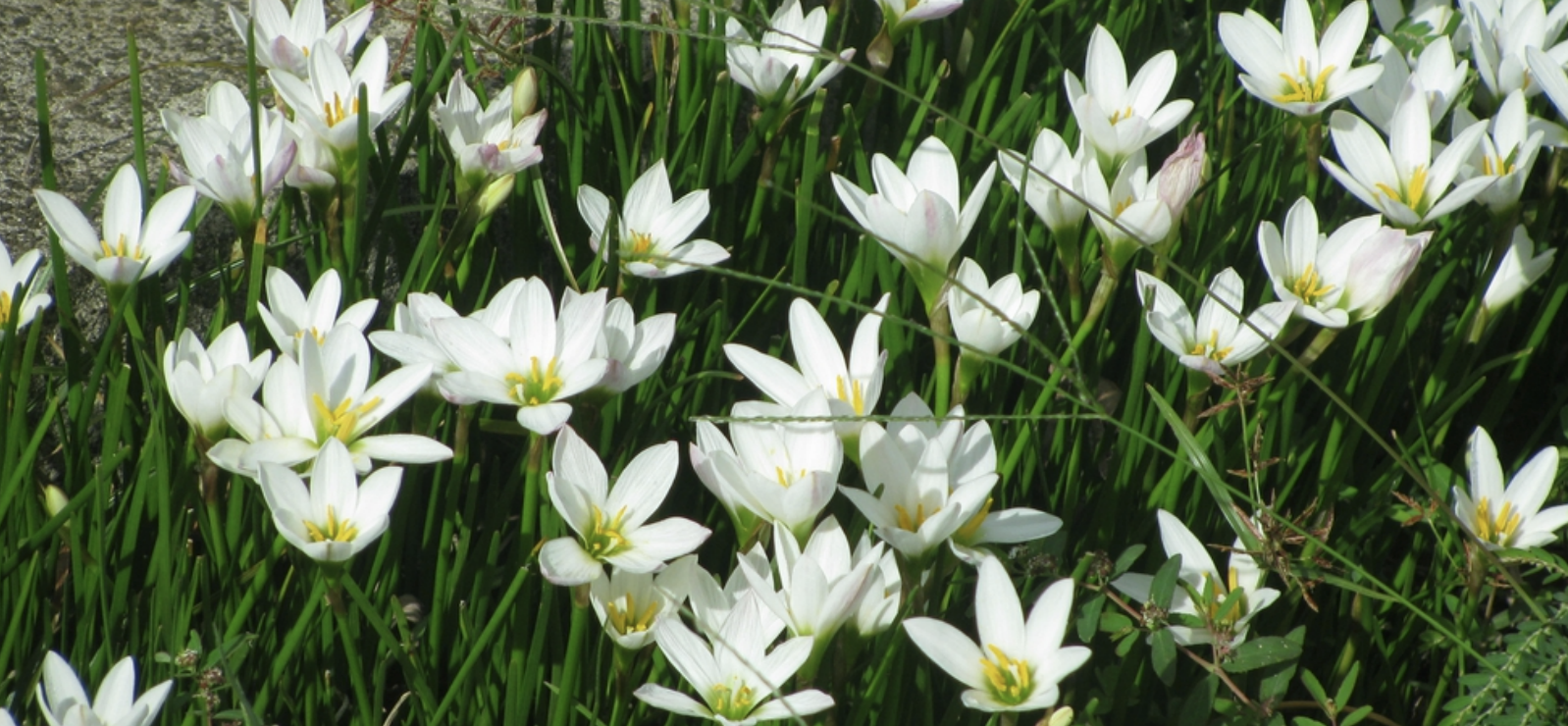
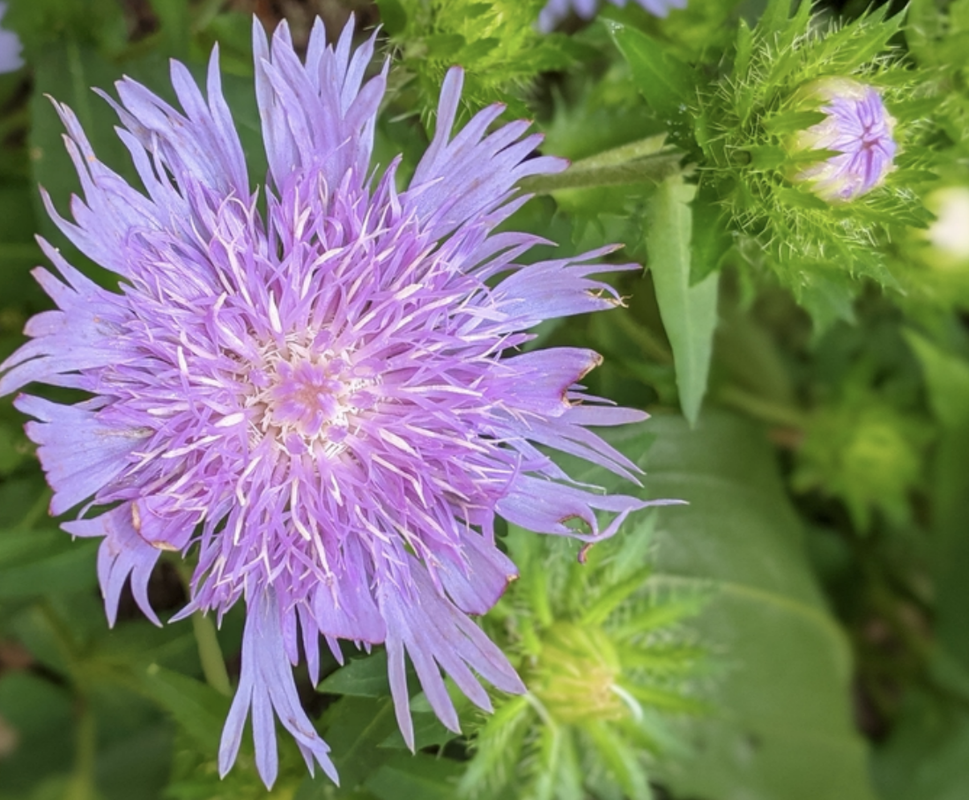
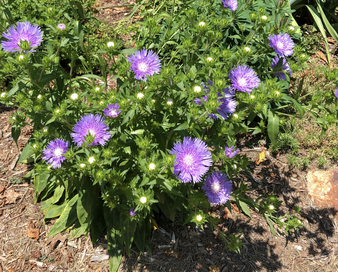

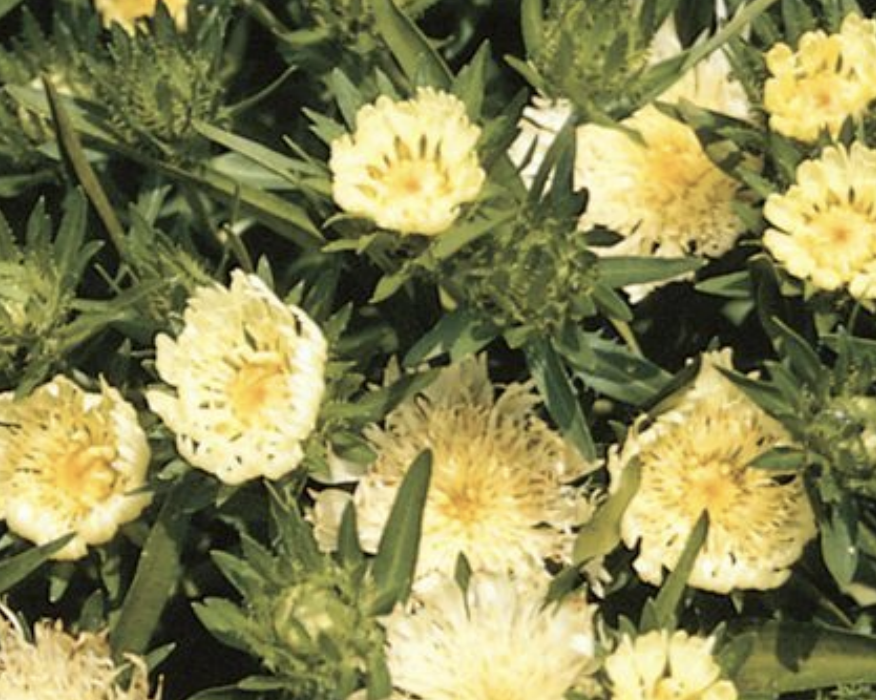




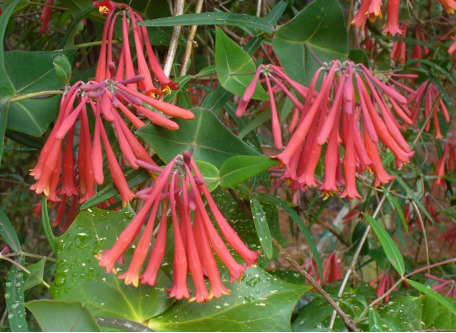


 RSS Feed
RSS Feed